
Epernon

Pictures: 19.IX.2009


Pictures: 19.IX.2009
| La Ferté-sous-Jouarre | Epernon |

There are some leaflets available also (3). The one about the quarries however made us think that proof reading was skipped. We had quite some difficulties in connecting the dots on the map with the real world. Still worth the effort, a must do, no doubt.
The company du Bois de la Barre (see La Ferté pict. 6, 12) a few years earlier had aggreed to commercialize the stones of a certain Joseph Theil who had worked some time in La Ferté and now had a shop in Epernon. So they knew and soon the best stones of the brand were extracted here (‡).
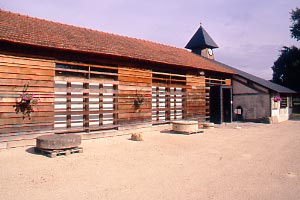

Pict. 4 shows the former headquarters of one of the companies. Only a tiny part of the other buildings does still exist hidden in some backyard. An interesting feature better preserved is the system to load the stones on the railway carriages. You won't be able to eye it up properly without trespassing SNCF property, though. Timing is paramount.
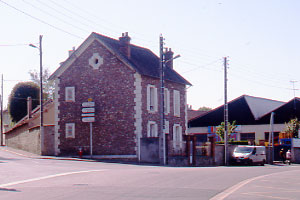

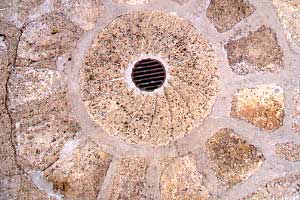
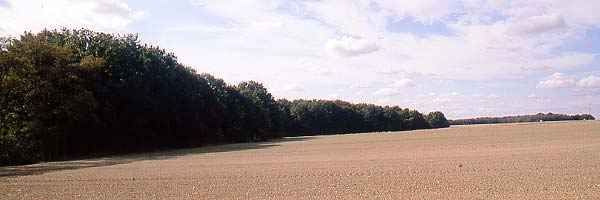
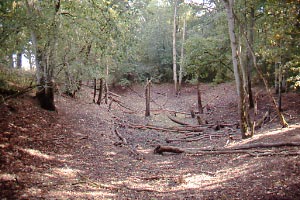

Walk through the fields towards the trees and explore. There are several old quarries just inside the woods. Look around for fragments of stone so you can appreciate their characteristics.
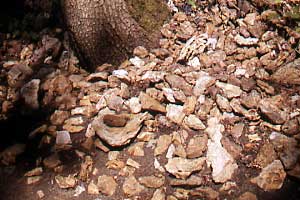
| La Ferté-sous-Jouarre | Epernon |